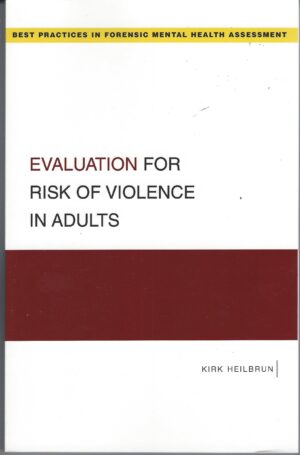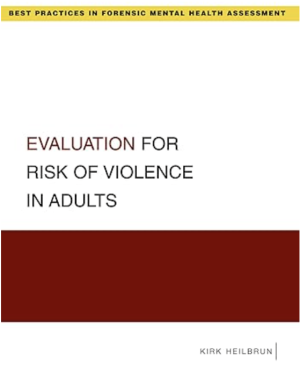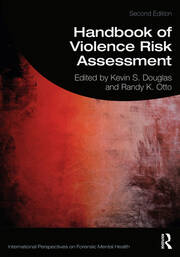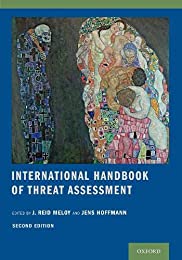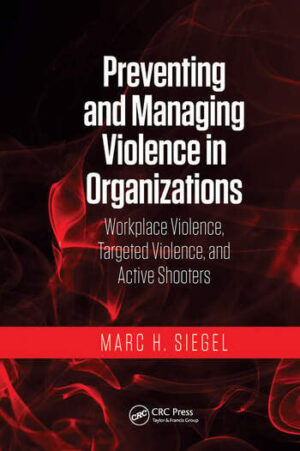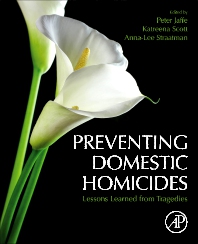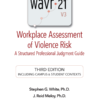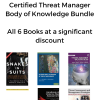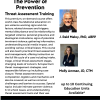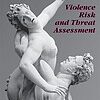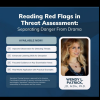Neurocriminology: Forensic and Legal Applications, Public Policy Implications explores the dramatic impact of advances in neuroscience research and practice to our present understanding of criminality and crime control. Contemporary, cutting-edge research in neuroscience is cited and explained. Studies and cases are clearly and concisely outlined with potential uses for practical applications detailed. This will be framed in the context of criminological foundations, theory, and the notion of the nature of crime itself. This comprehensive and engaging book also delves into recent developments in modern neurology, and connections between neuroscience and its criminal, legal, and forensic implications and ramifications.
The book poses various questions about what insight neurology can provide to human cognition, to motivation and―in particular―criminal motivation. From biological observations is there a pattern, or are there similarities, in what the brainscan of a criminal looks like? What are the treatment implications and are their valid assessments or treatments that can be used in a corrections environment to curb, or even modify, behavior definitively? And, ultimately, what are the moral, legal and social implications of all? Coverage throughout incorporates leading research that links neurological and biological factors to heightened risk for criminality. This includes coverage of suboptimal arousal (low heart rate), testosterone, neurotransmitters, and variations in MAOA―the so-called “warrior gene”―and more.
Neurocriminology will offer a thought-provoking analysis of the broad-reaching implications of this science to better inform the prevention, investigation, monitoring, and control of crime. This includes the remarkable potential for neuroscience to serve as a resource and potential tool to criminology and penology researchers, psychologists, forensic psychologists, forensic scientists, legal professionals, and investigators of crime and criminal behavior.
Diana M. Concannon, PsyD

